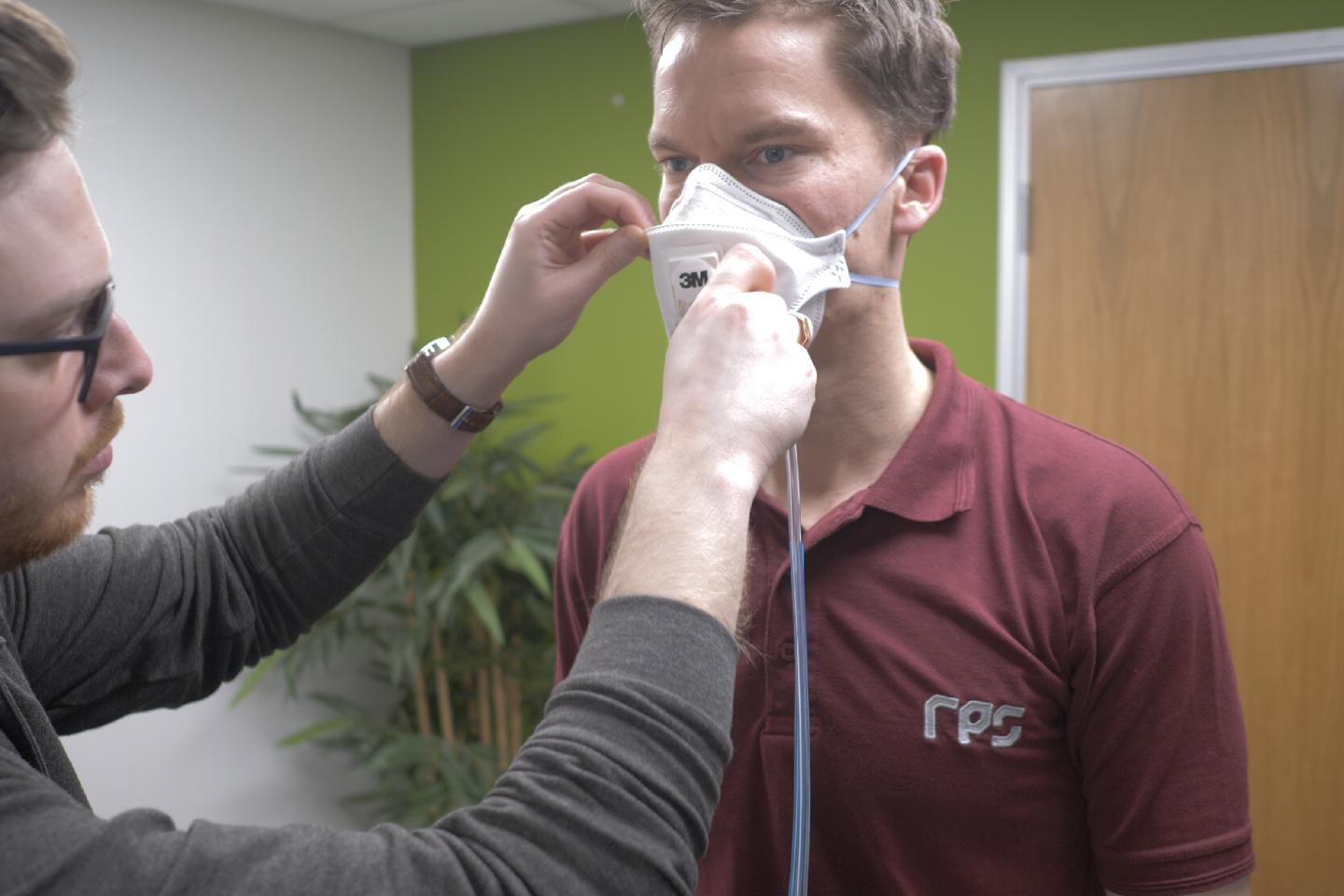

Local Exhaust Ventilation
Local Exhaust Ventilation (LEV) is a critical control measure used to help minimise exposure to hazardous substances in the workplace. LEV systems capture and remove contaminants at the source, preventing their dispersion into the work environment.
Understanding LEV
LEV systems are designed to control and reduce exposure to hazardous substances, such as dust, fumes, vapours, and mists, generated during work processes. They help protect workers' health by preventing the inhalation or absorption of these harmful substances.
LEV control measures are essential to comply with health and safety regulations and create a safe working environment.
Our highly trained Occupational Hygienists conduct performance testing of LEV systems to assess their effectiveness in capturing and removing contaminants. They measure airflow rates, capture velocities, and evaluate the system's ability to control exposure levels.

Your legal obligations
The Health and Safety at Work Act 1974 and Regulation 9 of the Control of Substances Hazardous to Health both state that LEV systems must be monitored and maintained to ensure they are in good working order.
There is a statutory requirement for LEV systems to be tested every 14 months. In shorter time frames, and in some cases where metals articles are ground, abraded or polished for more than 12 hours per week as an example, LEV systems are required to be tested every six months. Additionally, any processes where shot-blasting is carried out or if systems are involved in the cleaning of metal castings, they need to be assessed every month.
An effective and properly carried out LEV assessment comprises three stages:
- A thorough visual examination to verify the LEV is in efficient working order.
- Measure and examine the technical performance to check conformity with commissioning or other sources of relevant information.
- Assessment to check the control of worker exposure is adequate.
Related services



